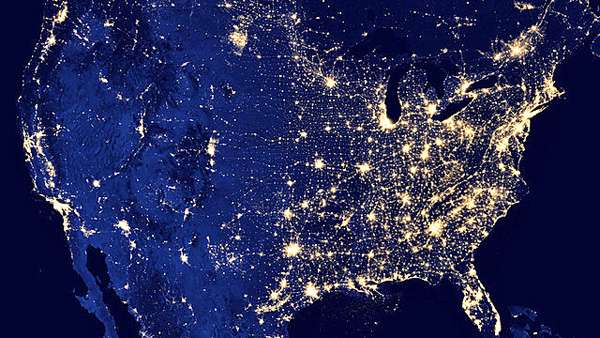With Iran on the move to develop a nuclear weapon and the North Koreans making repeated threats to strike the United States, the threat of America’s electrical grid going down one day is steadily on the rise. There are several different ways in which this could happen. A foreign enemy like North Korea could potentially shut down America’s power grid through the use of an electromagnetic pulse, for example. A team of hackers, whether they are operating from overseas or on our own soil, could carry out a massive cyber attack and turn off the electricity that way. Even a natural disaster such as a tsunami has the potential to leave our country in the dark, which would immediately lead to widespread chaos, famine, and eventually, societal collapse.
A new report from the National Academies of Sciences, Engineering and Medicine explains that the United States’ electric grid may actually be more vulnerable than we think.
“This report of the Committee on Enhancing the Resilience of the Nation’s Electric Power Transmission and Distribution System focuses on identifying, developing and implementing strategies to increase the power system’s resilience in the face of events that can cause large-area, long duration outages: blackouts that extend of multiple service areas and last several days or longer,” the official report says.
The report later goes on to list all of the potential ways America’s electric grid could go offline, including by way of a cyber attack, a drought, an earthquake, a flood, a hurricane, an ice storm, a tsunami, a wildfire, tornadoes, physical attacks on the homeland and major operations errors.
With regards to a potential cyber attack, the report states, “Like a physical attack, a cyber attack… could also occur with limited or no warning.” It goes on to warn that the “consequences of a successful cyber attack may be almost instantaneous, they could take a few seconds to some minutes to be fully realized, or an attacker may lay dormant for months collecting information as happened in the 2015 cyber attack on the Ukrainian power system.”
The report states that operation errors like the ones we saw in 2003 and 2011 also pose a serious threat to America’s power grid. In 2003, the Northeast blackout that eventually turned into one of the largest blackouts in U.S. history, was the result of two computer errors that prevented grid operators from properly carrying out their duties.
It is incredible that some people in this country, including government officials and even some so-called “experts” that appear on national television, try to downplay the very real and substantial threat of America’s power grid one day going offline. Far too many naively believe that warnings such as the ones outlined in the NASEM report are overhyped and exaggerated, which of course they are not. Cyber warfare is starting to become incredibly popular among foreign governments who wish to do severe damage to their enemies, and their ability to impact the electric grids will only become greater as the years go by.
Regardless of whether it was the result of a cyber attack, an EMP strike or a natural disaster, if America’s power grid were to go offline, virtually every single part of our lives would be affected. In addition to the minor inconveniences, such as the inability to charge your cell phone or heat your television dinners in the microwave, society as a whole would quickly unravel. With everything from the economy to America’s agriculture spiraling out of control, it is easy to see why a severe, long-term power outage as a result of the electric grid going down is something we should take very seriously.
Sources include:


